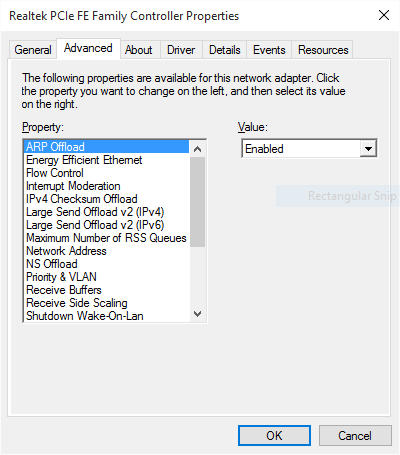
You might want to reference my SNR to MCS Index Mapping Table, which shows why larger channels result in a reduction in modulation rate that can often offset the gain from using the wider bandwidth in the first place. Instead, I was on Twitter articulating some of the logical points why smaller channel widths provide better aggregate capacity than larger channel widths (assuming you deploy enough radios and take advantage of all the spectrum at your disposal).

I've been thinking of writing a well-articulated blog post on why the preference for high-density Wi-Fi networks is smaller channel width over larger channel width. Aruba 802.11ac In-Depth (PDF) - See figure 19, page 25.Heegard - Range versus Rate in IEEE 802.11g Wireless Local Area Networks (PDF).IEEE and Realtek - Receiver Sensitivity Tables for MIMO-OFDM 802.11n (PPT) - See tables in appendix.Some of the references used to help compile this table (not an exhaustive list):

Also be aware that many manufacturer receive sensitivity specifications will list RSSI and SNR values 3-6 dB lower than what is specified here because they list the signal level at the antenna input prior to DSP and MRC gain. After MRC gain is added, you can use this table to lookup the MCS rate the client may be able to achieve given it's final resulting SNR. MRC is based on each client device's receive antenna chain specifications and the number of spatial streams being used for the link between the client and AP, with extra receive radio chains being used for MRC. This effectively increases the SNR the client experiences.

MRC can allow a device to receive the incoming signal at a lower energy level at each of the individual antenna inputs to the RF front-end radio circuitry which are then combined using digital signal processing (DSP) to provide additive gain. It should also be noted that a receiver's ability to perform Maximal Ratio Combining (MRC) across multiple receive antenna chains is not reflected in this SNR chart.


 0 kommentar(er)
0 kommentar(er)
